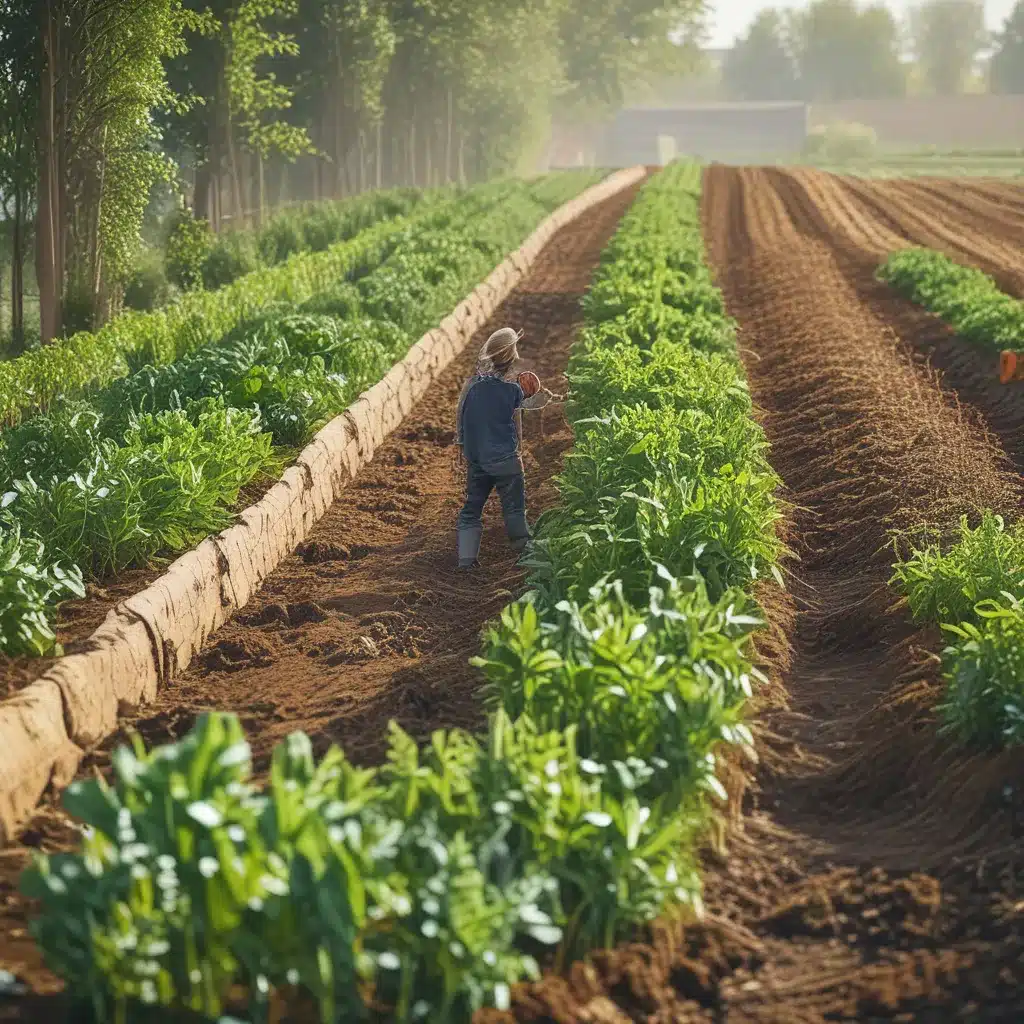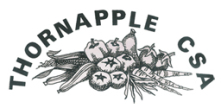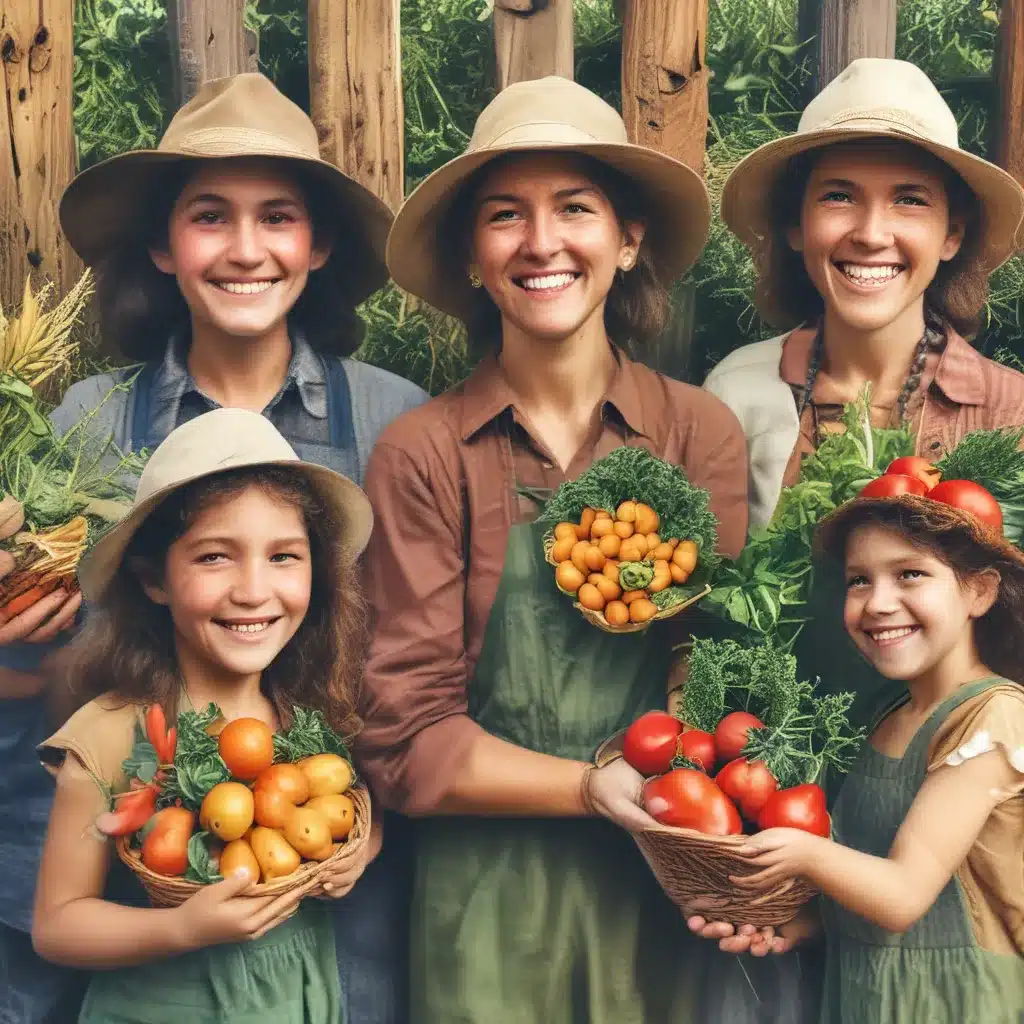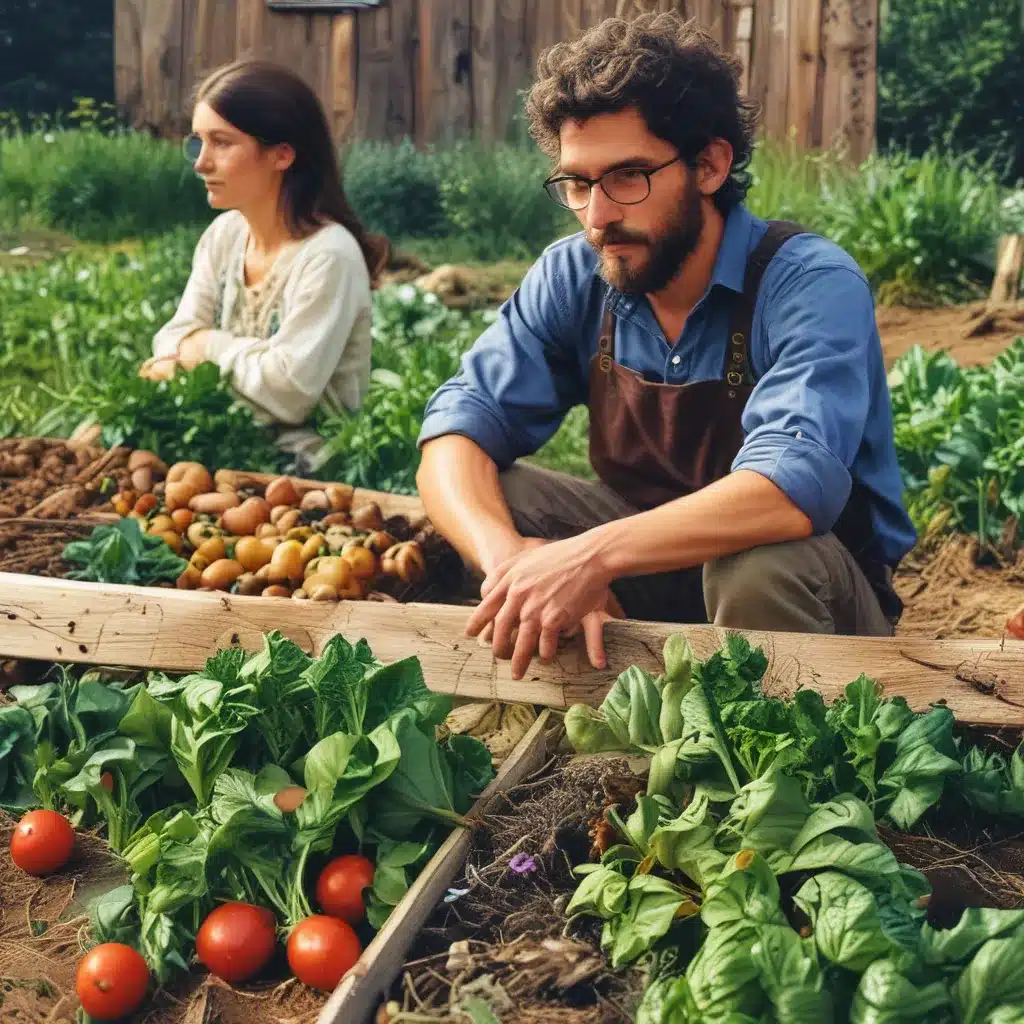
As a proud member of the local community, I’ve always been passionate about the importance of sustainable agriculture. Growing up on my family’s farm, I witnessed firsthand the delicate balance between preserving the land and ensuring bountiful harvests. Now, as I navigate the ever-evolving world of farming, I’m more committed than ever to spearheading innovative practices that not only nourish our community but also safeguard the environment for future generations.
Weathering the Storm: Adapting to Climate Change
The recent surge of extreme weather events has undoubtedly left its mark on the agricultural landscape. From scorching heatwaves to torrential downpours, the impact of climate change has been both profound and far-reaching. As a farmer, I’ve had to grapple with the detrimental effects on soil quality, irrigation, and crop production. The increasing severity of these weather patterns has underscored the critical importance of sustainable farming practices.
Turning the Tide: Embracing Sustainable Agriculture
Sustainable agriculture is the art of meeting society’s current food production needs without compromising the needs of future generations. It’s about nurturing healthy ecosystems and supporting the sustainable management of land, water, and natural resources, all while ensuring global food security. If a farming practice can maintain yields while increasing environmental benefits, it can be considered sustainable agriculture.
Taming the Tillage Tango
One of the primary culprits in the battle against climate change is the age-old practice of tillage. Tillage, the preparation and turning of soil for planting, has long been a means of managing weeds and pests, as well as preparing the field for seeding. However, this practice can also increase surface nutrient runoff, soil erosion, and the release of unwanted organic carbon dioxide into the atmosphere. The negative impact of tillage on the environment is why farmers like myself are now seeking alternative methods to reduce our carbon footprint.
The Cover Crop Coup
One such innovative practice that has caught my attention is the use of cover crops. Planting cover crops provides a protective layer for the soil surface, slowing the velocity of rainfall and forming a canopy against the wind. The vast network of roots from the cover crop helps bind the soil elements together, ensuring the enrichment of the soil for the next few years. This not only reduces the need for tillage but also helps to absorb carbon, making it a more environmentally friendly alternative.
Incentivizing Sustainability
With the increasing impact of climate change, farmers like myself are now being incentivized to participate in more sustainable farming practices. New schemes are being introduced to support us and ensure that the transition to sustainable methods works for both our operations and the environment. These incentive programs are aimed at protecting the natural environment by paying farmers to produce public goods such as water quality, biodiversity, animal health and welfare, and climate change mitigation, in addition to our primary role of food production.
The Ozone Obstacle
Another challenge we face in the realm of sustainable agriculture is the threat of ozone gases. These highly reactive compounds, both natural and man-made, can have a detrimental impact on the environment, damaging vegetation and ecosystems by reducing the amount of carbon dioxide that plants can process. Ground-level ozone gases pose a significant threat to our vital staple crops, including soybean, wheat, rice, maize, and barley, which are all essential to global food production. As farmers, we must remain vigilant and proactive in addressing this challenge to ensure the continued viability of our crops.
Precision Farming: The Future is Now
Embracing the power of technology has also been a crucial component of my sustainable farming journey. By implementing precision agriculture techniques, such as GPS-guided tractors and drones for crop monitoring, I’ve been able to optimize resource usage, minimize waste, and reduce my environmental footprint. These innovative tools not only streamline my operations but also provide me with valuable data to make more informed decisions about land management and crop cultivation.
Cultivating Community Connections
Sustainable farming is not just about individual practices; it’s also about fostering a collaborative and supportive community. In my local community, I’ve been actively involved in watershed efforts and have banded together with other farmers to create an alliance called Green County Clean Waters. This group of 25 like-minded agriculturists is committed to planting cover crops and implementing other sustainable initiatives on our respective operations. By working together, we’re not only making a tangible difference in our region but also inspiring others to join the movement towards a greener, more resilient future.
Sowing the Seeds of Change
As I reflect on my journey as a sustainable farmer, I’m reminded of the words of Wisconsin Farm Bureau’s 35 Under 35 Sustainable Environment winner, Scott Timm: “Sustainability to me is growing healthy food and products in an environment that allows future generations to thrive.” This sentiment echoes my own deep-seated belief that the future of farming lies in our ability to balance productivity with environmental stewardship.
Through the adoption of cutting-edge techniques, the embrace of community-driven initiatives, and a steadfast commitment to sustainability, I’m confident that we can cultivate a brighter, more sustainable tomorrow. And as a proud member of the Thorn Apple CSA community, I’m honored to be a part of this movement that is transforming the agricultural landscape for the better.
So, let us roll up our sleeves, dig our hands into the soil, and work together to create a future where bountiful harvests and a thriving environment coexist in perfect harmony. The path to a greener tomorrow starts right here, right now.



